‘September days are here, with summer’s best of weather and autumn’s best of cheer.’
– Helen Hunt Jackson
Autumn is upon us, bringing with it a sigh of relief for our gardens and wildlife as they enjoy cooler temperatures, much-needed rain showers and dewy mornings. September sees the turning of the birding season as we watch our summer visitors making a bittersweet departure; swallows gathering on telegraph wires before they start their epic journey back to Africa for the winter.
We bid farewell to swifts, house martins, willow warblers, chiffchaffs and more until next year. For our garden birds who are staying, the end of a blisteringly difficult summer brings with it a much-needed chance to replenish their food stores. Meanwhile, the countryside starts to colour up as berries ripen to provide a much-needed feast for overwintering birds.
As migrating birds prepare for an epic and exhausting journey, and year-round residents replace weight lost during a frantic nesting season before the winter cold sets in, September is a crucial time to keep your feeders stocked up with high-energy snacks such as suets.
Delve into this month’s ‘Your Happy Beaks Garden’ to discover birds to spot this month, what you should be doing in your garden in September, and how to enter our monthly #SnappyBeaks competition!
Garden Birds to Spot in September
Nuthatch
Nuthatches are often seen on peanut feeders, where they are bold and often aggressive, standing their ground against larger birds. They will often fly away with whole nuts and other food items, stashing them away for storage rather than remaining on the feeder to eat. With peachy buff underparts, a gunmetal grey back, a long, pointed beak and a clean black stripe through the eye, nuthatches are extremely smart and streamlined-looking birds. As the name suggests, they feed on nuts such as hazel and beech, as well as acorns, insects and seeds.
Did you know?
- Studies have shown that large gardens with oak trees provide the best habitat for nuthatches.
- The favourite nesting site for a nuthatch is the old nest hole of a greater spotted woodpecker.
Jay
Jays are the most colourful members of the crow family, yet are more often heard than seen. Most often found amongst trees and in woodland, the jay betrays its presence by a screaming call and perhaps a flash of white rump as it flits between trees. Jays can sometimes also be seen feeding in rural gardens; unmistakable by their bright blue wing bar and buff plumage with contrasting black and white markings. Their diet mainly consists of acorns, nuts, seeds and insects, though they may also eat small mammals and nestlings of other birds.
Did you know?
- The jay is an important disperser for oak trees. A single jay may bury 5,000 acorns in a single autumn!
- Jays are skillful mimics of other birds and animals. When threatened, they can imitate the calls of tawny owls, sparrowhawks and even domestic cats.
Gardening in September
Veg Gardens
- Remove leaves from tomato plants to encourage ripening of remaining fruit
- Cut off any leaves covering pumpkins and squashes to allow them to ripen in the sun
- Pick autumn raspberries on a dry day
- Dig up any remaining potatoes
- Cover leafy vegetable crops with bird-proof netting
- Prune out all the fruited canes of summer raspberries, cutting down to the base, and tie in new canes to supports
- Plant onion and shallot sets in a sunny spot, 10cm apart, with the tips just showing above the soil
- Pick apples and pears before the wind blows them down, and store undamaged fruits if you can’t eat them fresh
- Finish summer pruning of apples.
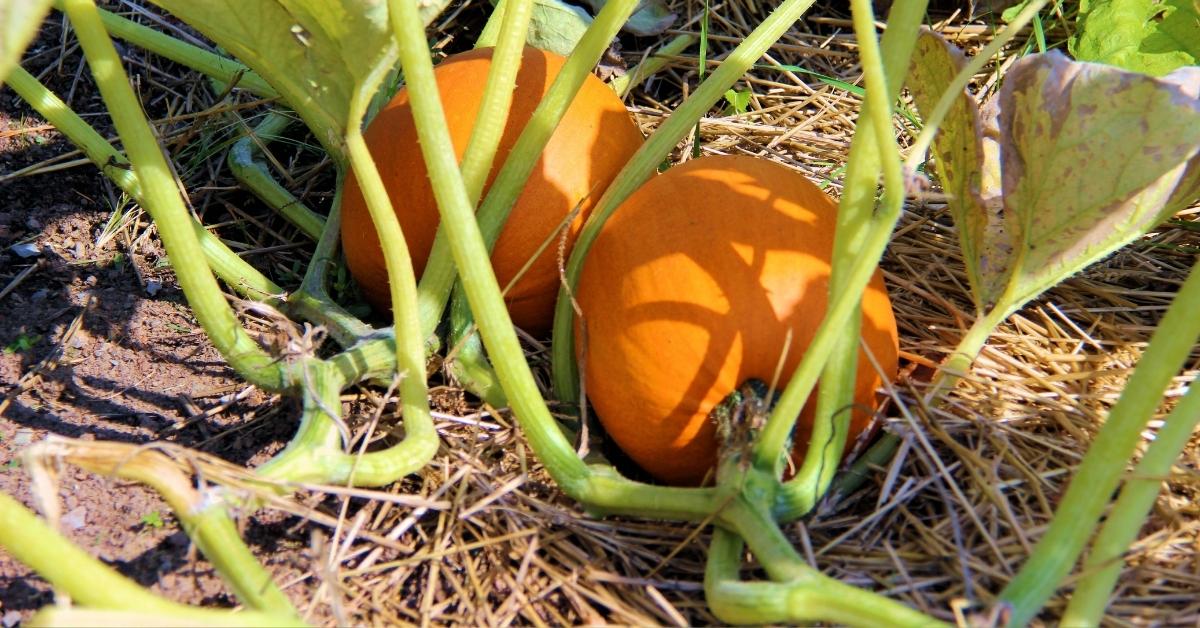
Flowers & Bulbs
- Give hedges their annual cut now that we are safely out of bird nesting season
- Lift and divide congested clumps of herbaceous perennials once they’ve finished flowering
- Take semi-ripe cuttings from salvias, penstemons, fuchsias and pelargoniums
- Bring any houseplants that you moved outside over summer back indoors, before temperatures start to drop
- Plant up autumn containers with cyclamen, heucheras, heathers and more
- Collect ripe seed from your favourite plants
- Start planting spring bulbs.
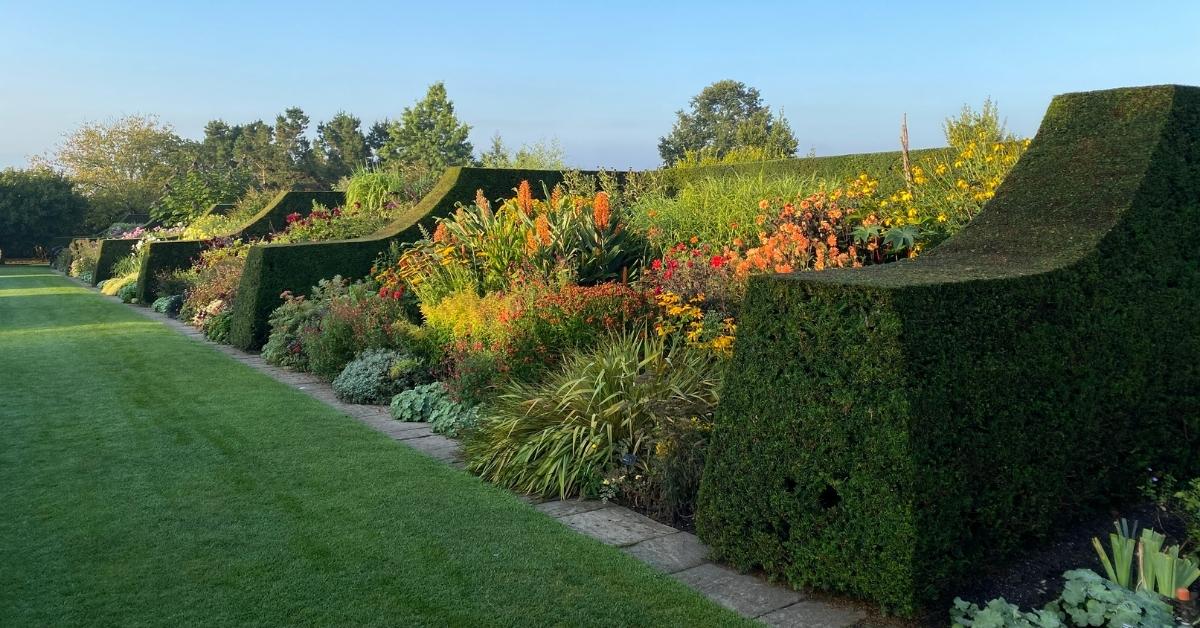
Wildlife Gardening
- Leave sunflower seedheads in place for birds to feed on
- Fill any gaps with late-flowering perennials, such as sedums (Hylotelephium), to provide nectar for pollinating insects into autumn
- Remove debris from ponds and cover with a net to catch fallen leaves and prevent build-up of decaying plant material at the bottom, where male frogs overwinter
- Place bundles of twigs and sticks at the back of your flowerbeds and borders, or in a plant pot turned on its side, to provide a place for insects and small mammals to shelter
- Clean out nest boxes to give birds somewhere clean and dry to roost on cold nights ahead
- Consider installing a hedgehog house to keep your prickly visitors warm and cosy when they go into hibernation.
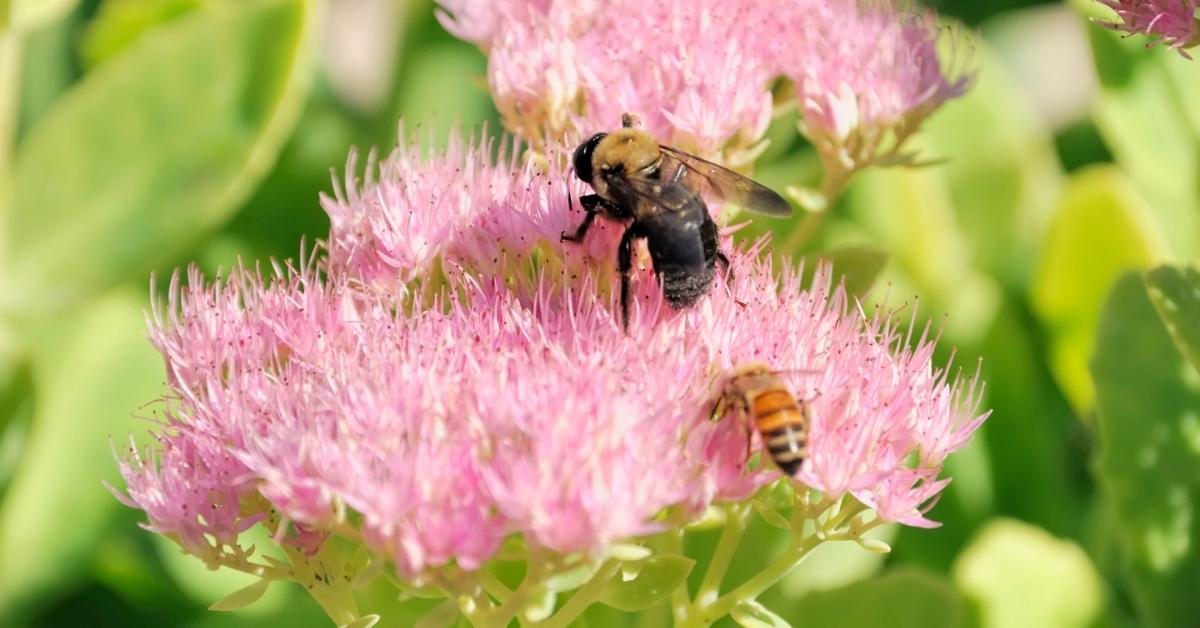
#SnappyBeaks
Thank you to everyone who entered our #SnappyBeaks competition. We love seeing your entries. Each month we showcase some of your best birdy snaps, in the garden and in the wild, and give you a chance to win a prize in the process!
Get Snappy with Us!
It’s so simple to enter! Just share your photo with us on any of our social media platforms, using the hashtag #SnappyBeaks. You can enter via Instagram, Facebook, Messenger or Twitter. Or if you’d prefer you can send your photos via email to snappybeaks@happybeaks.co.uk. As long as your photo is related to wild birds or bird feeding in some way, we’ll consider it as a valid entry. Click here to find out more.

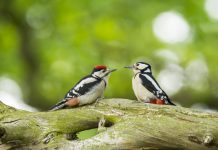
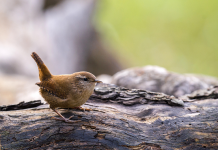



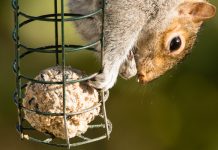

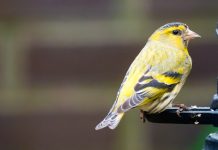




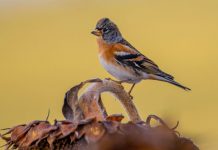



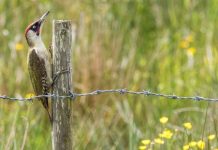

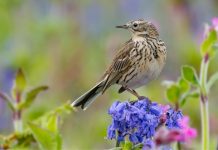
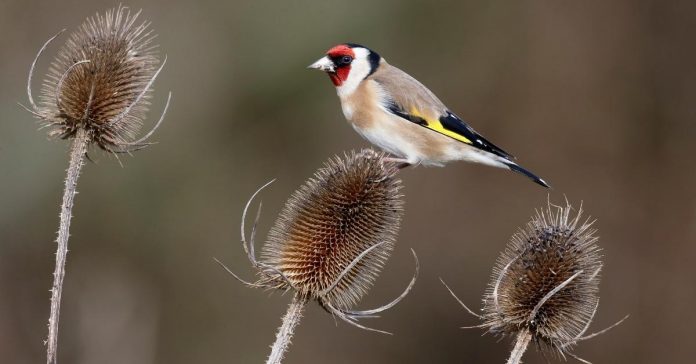


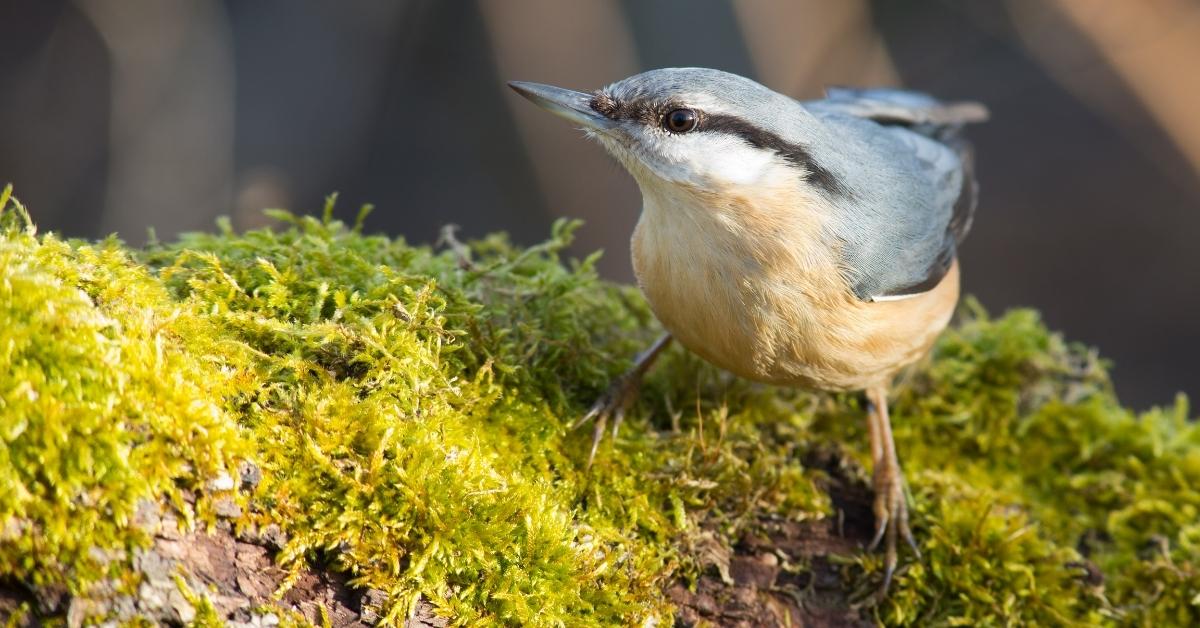



Love this time of year, the Hawthorns are full of berries!